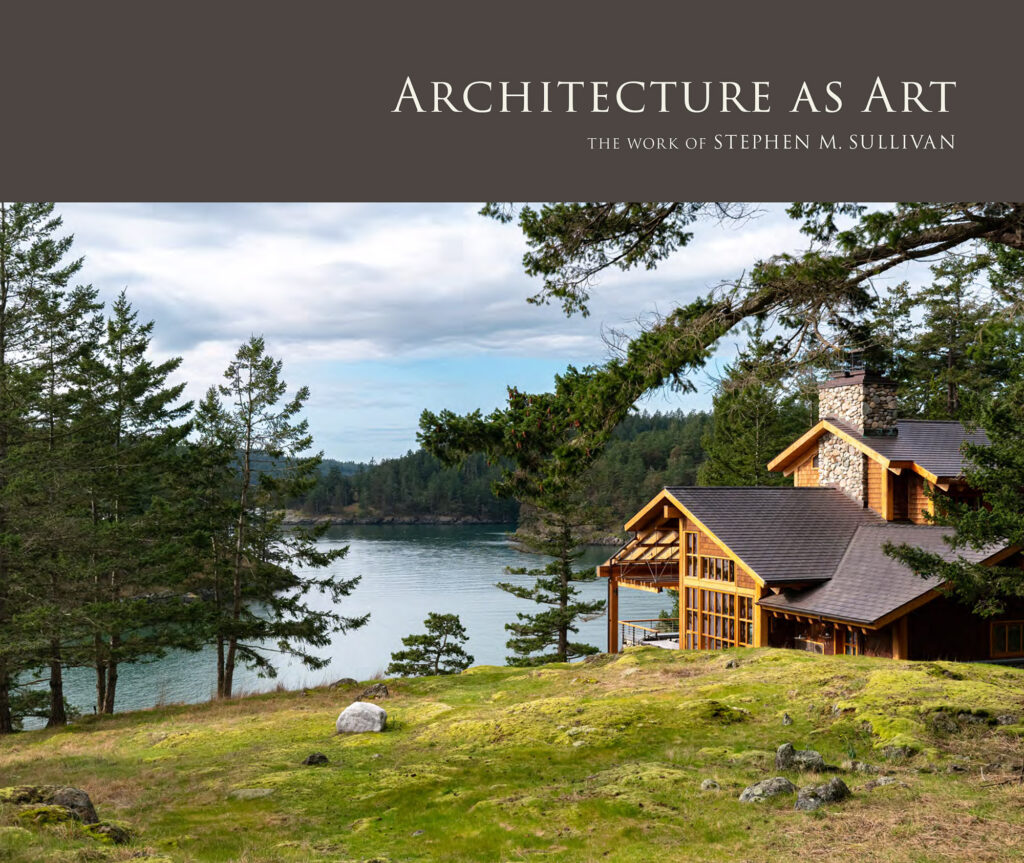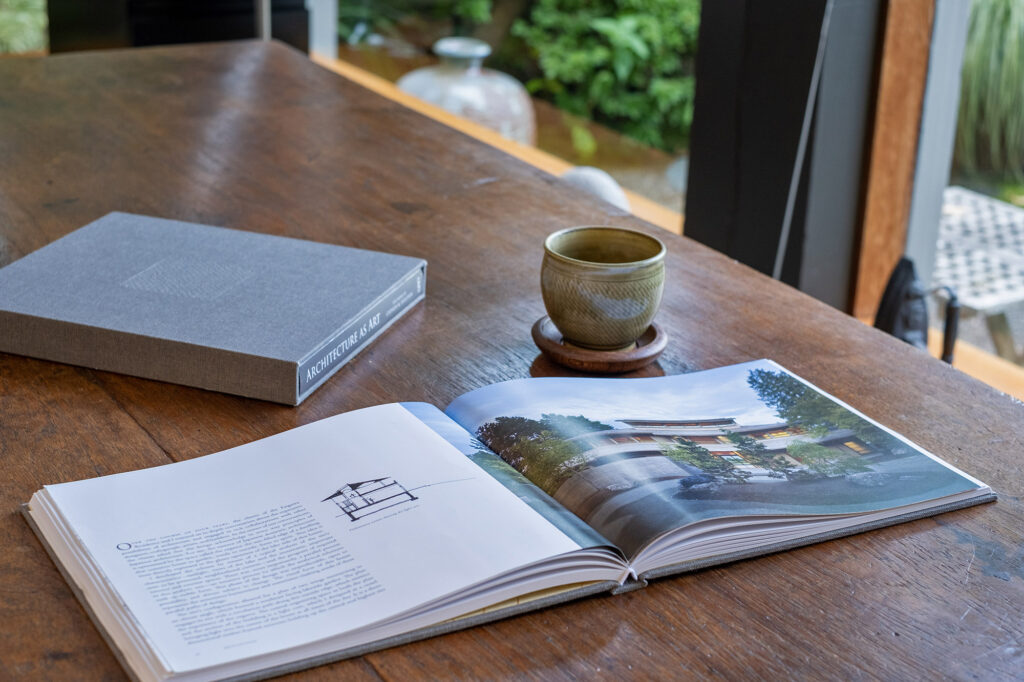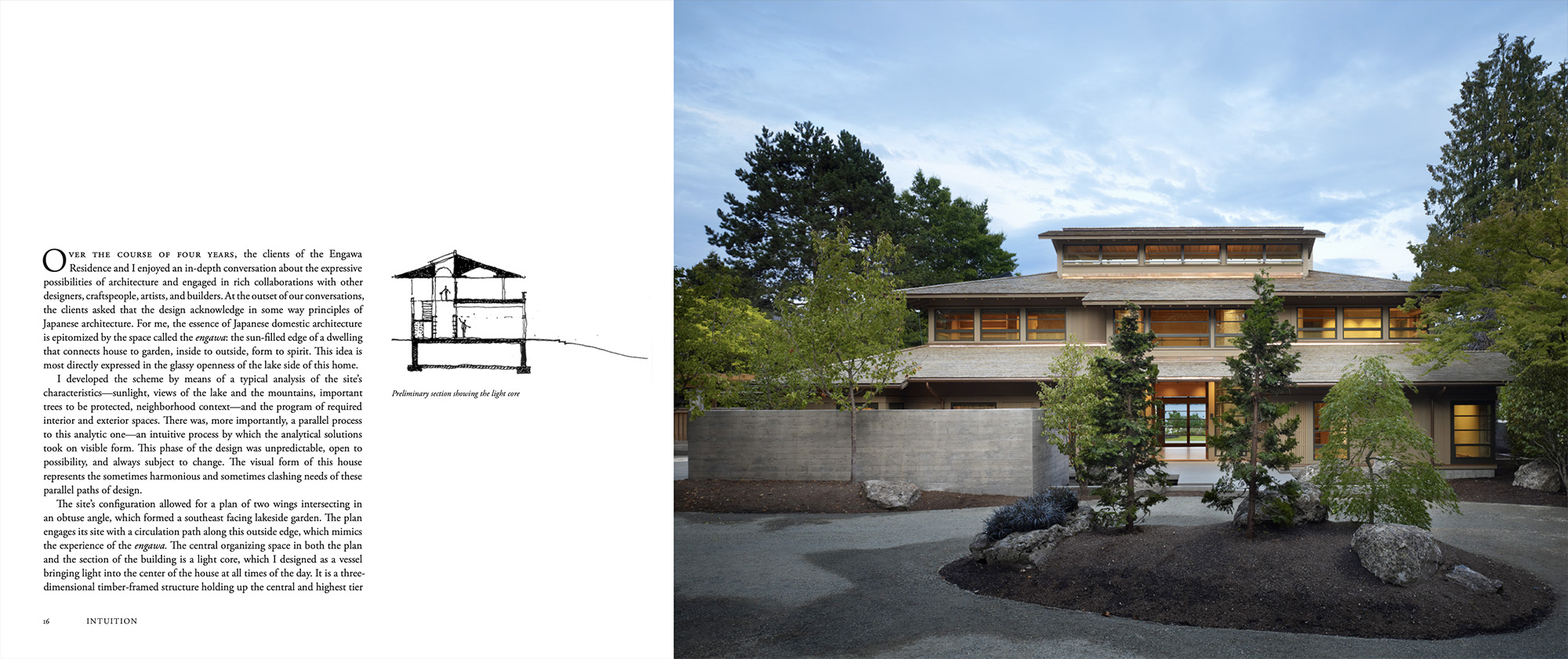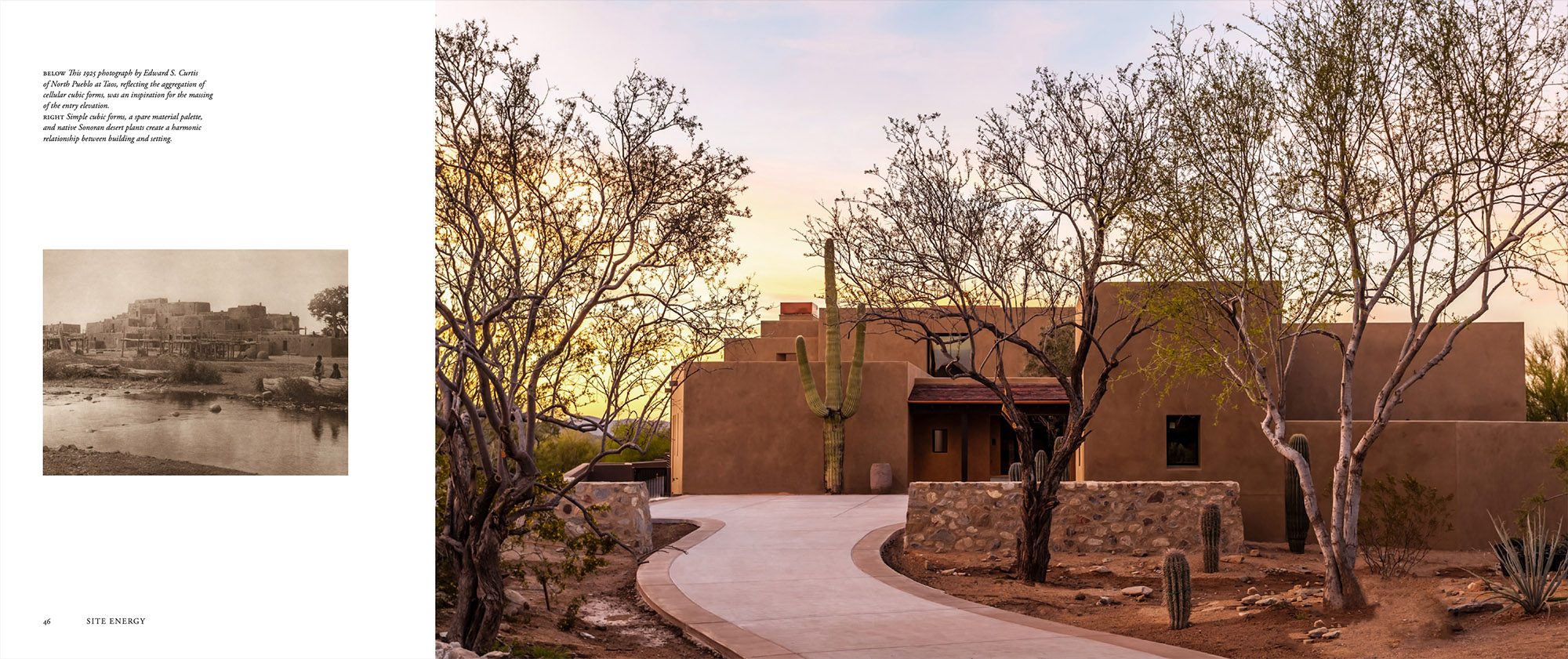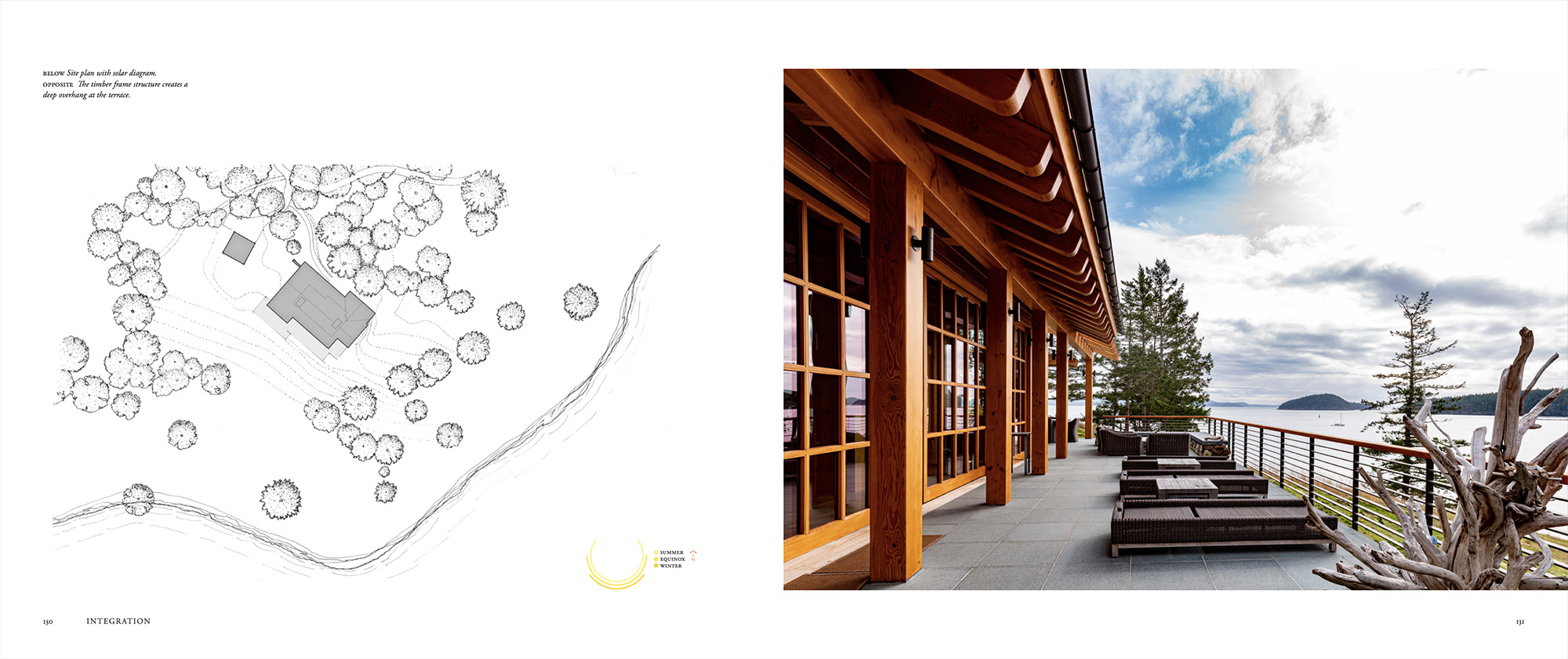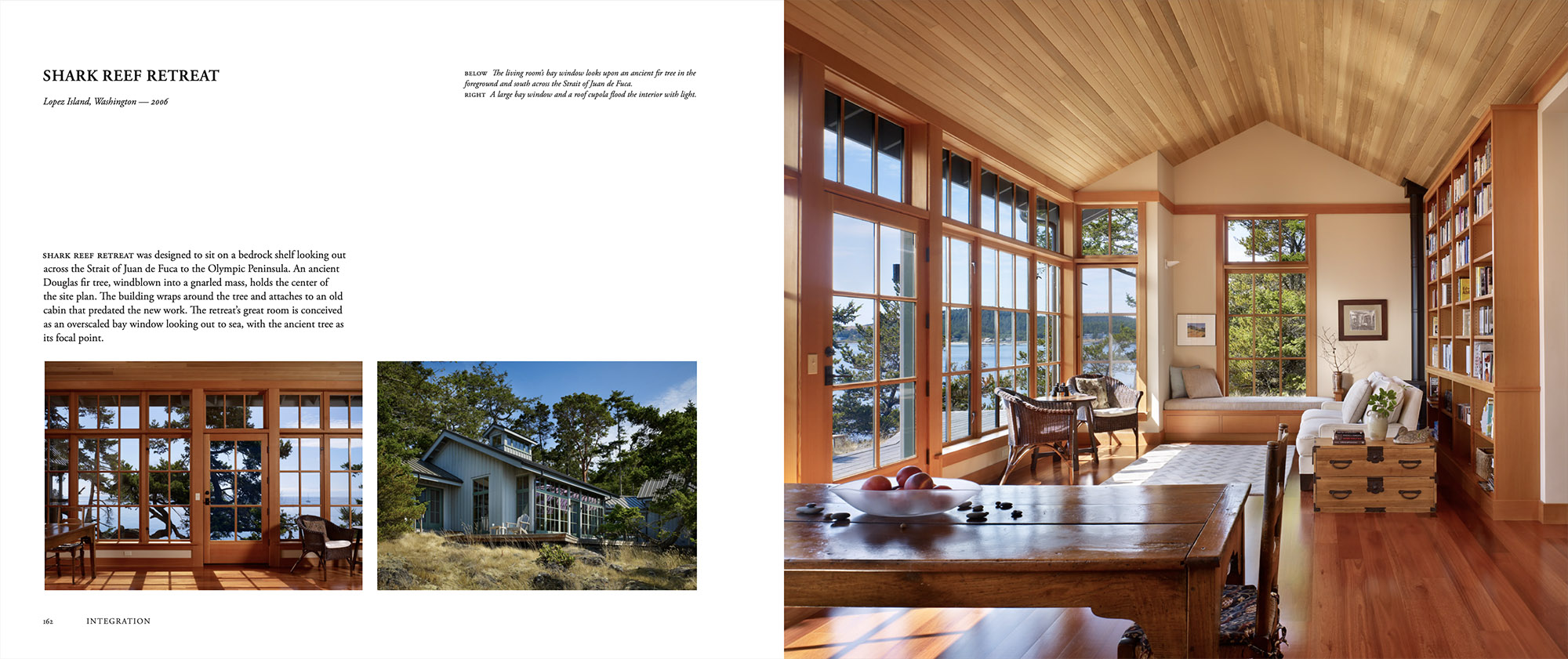Architecture as Art: The Work of Stephen M. Sullivan
Stephen Sullivan Designs is pleased to announce the publication of a career retrospective, Architecture as Art: The Work of Stephen M. Sullivan. Published by ORO Editions, the book is now available online and at the local bookstores and retailers listed below.
Please contact us or visit your favorite local bookstore for any inquiries:
Peter Miller Books — Seattle, WA
Elliott Bay Book Company — Seattle, WA
Third Place Books — Seattle, WA
Ada’s Technical Books — Seattle, WA
Village Books — Bellingham, WA
Eagle Harbor Book Co. — Bainbridge Island, WA
Watermark Book Co. — Anacortes, WA
Island Books — Mercer Island, WA
Darvill’s Bookstore — Orcas Island, WA
Griffin Bay Bookstore — Friday Harbor, WA
Lopez Bookshop — Lopez Island, WA
Trail’s End Bookstore — Winthrop, WA
Powell’s (online only) — Portland, OR
Green Apple Books — San Francisco, CA
Hennessey + Ingalls — Los Angeles, CA
Architecture as Art: The Work of Stephen M. Sullivan illustrates the author’s residential architectural practice based in the Pacific Northwest. It also describes his personal design philosophy founded both in the classics of western architecture and in his experience and appreciation of the architecture and craft traditions of Japan.
The book tells the story of Sullivan’s development as an artist using architecture as his medium. It includes essays on his views of architectural design, which have been shaped by his personal history in the landscapes and the architecture of New England and Japan. Sullivan’s training as a potter informs his architecture in its interpretation of houses as “vessels of experience” and in his work’s focus on materiality and the craft of construction.
Thematic essays address topics such as the importance of intuition in the design process and the interplay of analysis with nonrational ways of thinking. The influence of the site and its natural energies, the role of ordering principles, and the narrative capacity of architectural design influence Sullivan’s process of integration, forming unique design responses to diverse clients and settings. These themes address specific facets of his design method and introduce a selection of projects, which are illustrated with photographs and drawings. The projects display the author’s belief in generating an architectural language unique to a design’s client and its context, creating an architecture specifically tuned to its circumstances in time and place.
Following a selection of primary projects, a section on small houses, and a section on historic projects, a catalog of Sullivan’s selected projects executed between 1985 and 2020 is included.


